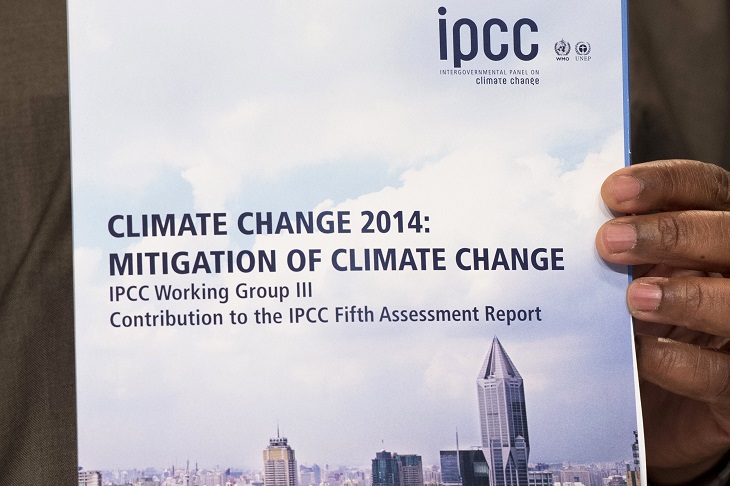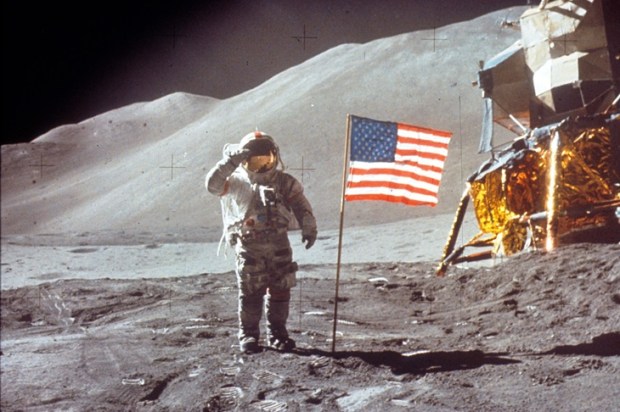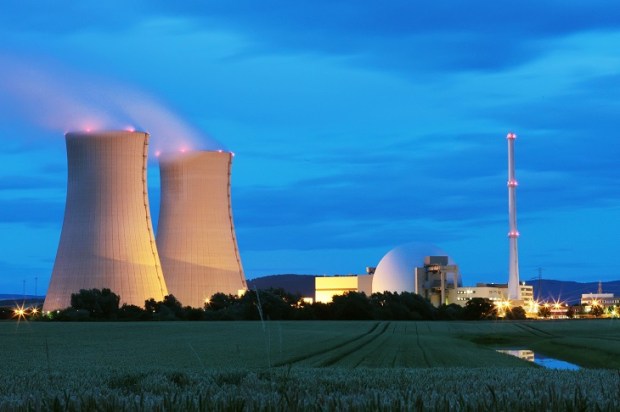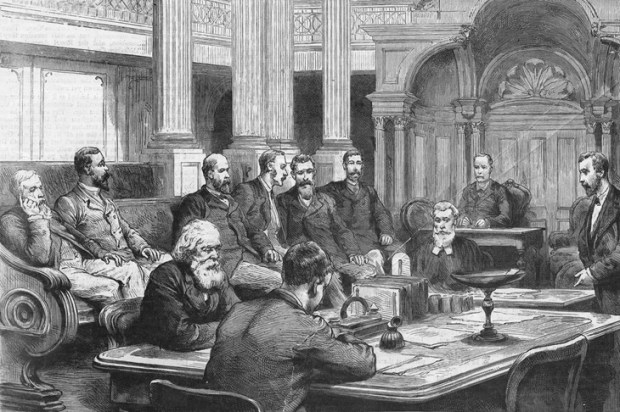Having concluded the latest Climate Change talk-fest – the United Nations COP26 in 2021 in Glasgow – the confected outburst of ‘unprecedented’ events has achieved little in the world of public opinion.
In the real world of Australia, the unusual January 2022 combination of bushfires in the West, cyclones in the North, flooding in the East, and snow in the South, failed to rekindle ‘unprecedented’ commentary from the media.
Already a subscriber? Log in
Subscribe for just $2 a week
Try a month of The Spectator Australia absolutely free and without commitment. Not only that but – if you choose to continue – you’ll pay just $2 a week for your first year.
- Unlimited access to spectator.com.au and app
- The weekly edition on the Spectator Australia app
- Spectator podcasts and newsletters
- Full access to spectator.co.uk
Or


























Comments
Don't miss out
Join the conversation with other Spectator Australia readers. Subscribe to leave a comment.
SUBSCRIBEAlready a subscriber? Log in